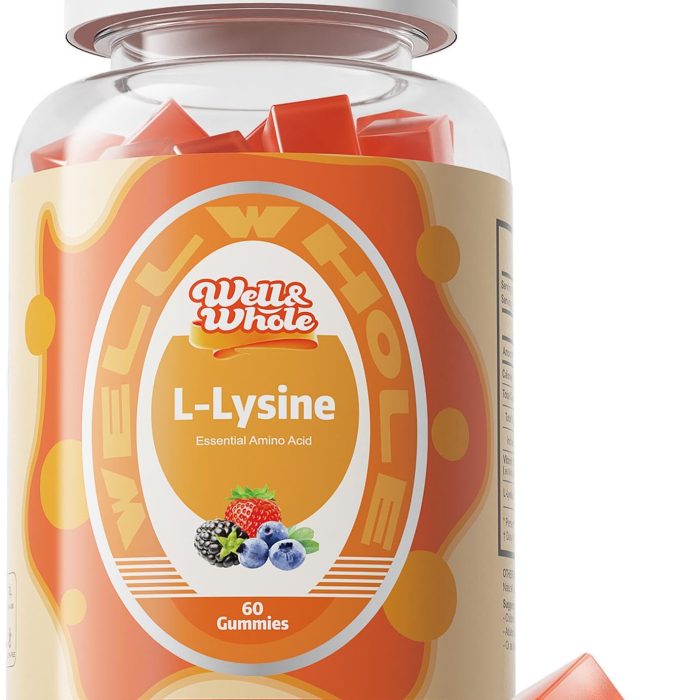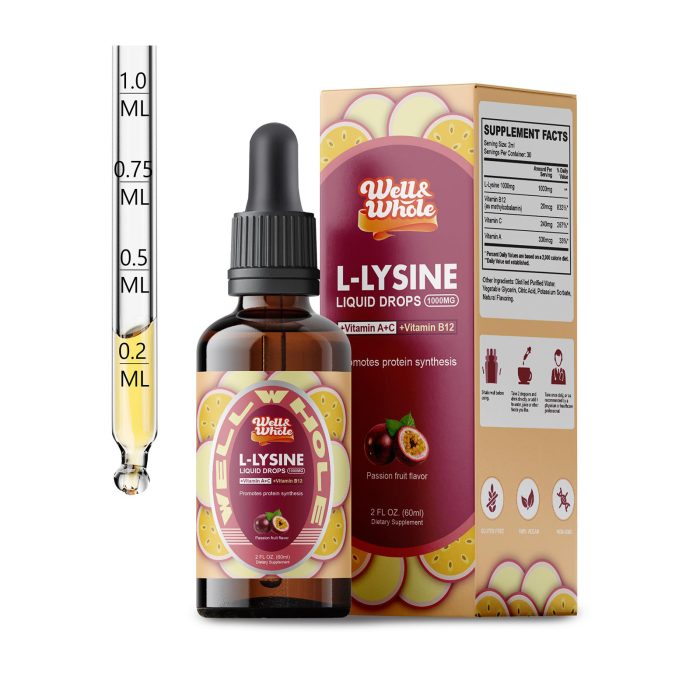You’re staring at two orange bottles at 11:47 p.m.—magnesium taurate promises to calm your racing heart, while magnesium glycinate swears you’ll sleep like a dial-up modem in the ’90s. Which one actually works? If you’ve been down the rabbit hole of “best magnesium for high BP and anxiety,” or you’re just sick of expensive supplements flushing out your hard-earned cash, this guide is for you.
Whether you want to finally stop doom-scrolling at 2 a.m., avoid the dreaded bathroom sprint, or get that sweet 300–400 mg elemental magnesium dose without guesswork, magnesium taurate vs magnesium glycinate is the showdown you didn’t know you needed. Stick around—because this is where science-backed facts meet no-fluff, user-tested reality. And yeah, well&whole third-party tests every batch to guarantee 9.2% elemental magnesium in our taurate gummies. Ready to pick your winner? Let’s dive in.
The 60-Second Verdict: Magnesium Taurate vs Magnesium Glycinate
Here’s the quick lowdown on magnesium taurate and glycinate—so you don’t have to dig through a science journal to pick your match.
| Feature | Magnesium Taurate | Magnesium Glycinate |
|---|---|---|
| Absorption | High (chelated with taurine) | Very high (chelated with glycine) |
| Elemental Mg % | ~8-9% | ~14-16% |
| #1 Benefit | Heart health & blood pressure | Sleep & anxiety relief |
| Best Time to Take | Morning or daytime | Evening (helps with sleep) |
| GI Risk | Low (gentle on stomach) | Low, but can cause sleepiness |
| Price per 100 mg Mg | Moderate | Moderate to slightly higher |
Winner in one sentence: For heart and BP support, magnesium taurate edges out, but for calming nerves and better sleep, magnesium glycinate is the go-to.
Ready for a deeper dive? Let’s break down why each one might be your magnesium MVP.
Bioavailability: Chelated vs Inorganic Magnesium

When it comes to magnesium supplements, bioavailability is key—how well your body actually absorbs and uses the mineral. Magnesium taurate and magnesium glycinate are both chelated forms, meaning magnesium is bound to amino acids (taurine or glycine). This bond helps protect magnesium from being broken down too quickly in the gut, leading to better absorption compared to inorganic forms like magnesium oxide or magnesium sulfate.
Studies in both rats and humans consistently show that chelated magnesium (taurate and glycinate) leads to higher magnesium uptake. For example, rat studies highlight superior intestinal absorption rates with these amino acid-bound versions, while human trials report more stable and longer-lasting serum magnesium levels after dosing.
Another interesting point: serum magnesium peaks about 4 to 6 hours after taking chelated magnesium, compared to spikes within 1-2 hours for inorganic forms, which often cause quicker elimination and sometimes an upset stomach. This slower magnesium release explains why chelated forms like glycinate and taurate are favored by those avoiding magnesium diarrhea—search trends for “magnesium diarrhea” show far more complaints linked to oxide or citrate than to taurate or glycinate.
In short, if you’re after magnesium that sticks around longer and avoids gut issues, chelated forms like taurate and glycinate are the way to go. For more on how to maximize absorption timing in your routine, check out tips on optimizing your magnesium timing.
Symptom Matcher: Who Benefits Most?
If you’re battling insomnia or feeling wired after endless doom-scrolling, magnesium glycinate could be your go-to. It’s known for its calming effect, helping many users sleep better and ease anxiety without the grogginess. People often call it the “sleepy girl mocktail” of magnesium supplements because it smooths out that restless mind.
On the flip side, if your heart races or you experience sudden spikes in blood pressure, magnesium taurate shines. This form pairs magnesium with taurine, an amino acid linked to heart health. It can help tone down palpitations and promote steadier blood pressure, making it a favorite for those sensitive to cardiovascular symptoms.
For those juggling both sleep issues and heart concerns, stacking glycinate and taurate offers a balanced approach. Many users report improved relaxation plus calmer hearts after combining the two, finding it a practical way to cover all bases.
User voices:
- “Taking glycinate at night helped me finally fall asleep without feeling foggy the next day.”
- “Magnesium taurate cut down my palpitations almost immediately—such a relief!”
- “I cycle between both depending on my symptoms and honestly feel the combo works best.”
Whether it’s easing your racing heart or quieting your busy brain, matching your magnesium type to your symptoms can make a real difference. For extra guidance on calming supplements, check out this guide to the health benefits of Tudca for complementary support options.
Dosing That Actually Works
Getting your magnesium dose right is key for feeling the benefits without discomfort. Use an interactive dosage calculator (many are available online) to find your sweet spot based on age, weight, and health goals—aim for 200-400 mg elemental magnesium daily from these supplements unless advised otherwise.
Timing Hacks for Magnesium Glycinate and Taurate
- Magnesium Glycinate: Best taken in the evening to support relaxation and promote better sleep. Its calming effect on the nervous system makes it the go-to for insomnia relief.
- Magnesium Taurate: Ideal in the morning or early afternoon to help stabilize heart rhythm and blood pressure without causing drowsiness.
Splitting your dose by taking taurine-based magnesium earlier and glycinate later can optimize effectiveness throughout the day.
For extra peace of mind, check lab reports and third-party testing results to ensure your magnesium supplement is pure and contains the advertised amount. Reliable brands will openly share these, reflecting quality you can trust.
Explore well-tested amino acid supplements that support mineral absorption for enhanced results.
Side Effects & Red Flags
When it comes to magnesium taurate vs magnesium glycinate, both are generally safe but have some subtle differences in side effects to watch for. Here’s a simple traffic-light guide to their safety:
| Side Effect | Magnesium Taurate | Magnesium Glycinate |
|---|---|---|
| GI distress/diarrhea | 🟢 Low risk | 🟢 Very low risk |
| Vivid dreams/nightmares | 🟠 Possible | 🟢 Rare |
| Interactions with SSRIs | 🟡 Moderate risk | 🟡 Moderate risk |
| Risks in pregnancy | 🟡 Limited data | 🟢 Generally safe |
| Risk from oxide blends | 🔴 High risk if present | 🔴 High risk if present |
Vivid dreams are more commonly reported with magnesium taurate, likely due to taurine’s impact on GABA and neurotransmitter activity. If you’re prone to intense dreams or sleep disruption, watch your dosage or try glycinate instead.
Beware of hidden oxide blends sneaking into some cheap supplements labeled “magnesium glycinate” or “magnesium taurate.” These inorganic forms often cause laxative effects and reduce the pure benefit. Always choose third-party tested products to avoid contaminants.
For pregnant women or those on SSRIs, both forms require caution. Glycinate is often preferred during pregnancy due to its gentle profile, while taurate’s effect on heart rhythm and neurotransmitters means you should check with your healthcare provider before use.
Considering these factors helps you stay safe while enjoying magnesium’s benefits without surprises. For more on managing blood pressure naturally, see our guide on cayenne pepper supplements and high blood pressure.
2025 Buying Guide: Best Magnesium Taurate & Glycinate Picks

Buying magnesium supplements in 2025 means staying sharp to avoid scams and get the real deal. Here’s a quick checklist to help you shop smart:
- Look for third-party testing: Authentic brands display verified lab results confirming purity and elemental magnesium content.
- Check for pure chelated forms: Avoid blends with hidden magnesium oxide or other low-absorption fillers.
- Watch out for exaggerated claims: If a product promises miracle cures or unrealistic effects, it’s a red flag.
- Read reviews cautiously: Focus on verified buyers and detailed user experiences, especially for magnesium taurate gummies or glycinate powders.
- Price per elemental magnesium: Compare costs based on elemental mg, not total weight, to spot a fair deal.
Top Magnesium Taurate & Glycinate Products for 2025
| Product Name | Form | Elemental Mg per Serving | Price per 100mg | Pros | Cons |
|---|---|---|---|---|---|
| Cardiobalance Magnesium Taurate | Capsule/Gummy | 100 mg | $0.25 | Heart-focused, low GI risk | Higher price, limited flavors |
| CalmEase Magnesium Glycinate | Powder | 120 mg | $0.18 | Great for sleep & stress relief | Powder form may take prep |
| PureMag Taurine Blend | Capsule | 90 mg | $0.22 | Third-party tested, clean label | Some report vivid dreams |
| SleepRight Glycinate Gummies | Gummies | 110 mg | $0.20 | Palatable, effective for insomnia | Contains sweeteners |
Price Tracker Overview
- Magnesium prices have remained stable but expect slight increases due to supply chain shifts in 2025.
- Bulk powders typically offer better value than capsules or gummies.
- Watch subscription deals but verify cancellation policies.
For magnesium product quality insights, you might also find the latest on muscle-building supplements for men helpful, especially if you’re stacking magnesium with other wellness formulas.
Following this buying guide ensures you get a clean, effective magnesium taurate or glycinate supplement that fits your budget and health goals in 2025.
Food-First Plan: 7-Day Magnesium-Rich Meal Plan + Seed Cycling Tips for Women
Focusing on food first is always the best way to boost your magnesium levels naturally. Here’s a simple 7-day meal plan packed with magnesium-rich foods that support heart health, calm nerves, and promote better sleep:
Day 1-7 Magnesium-Rich Staples:
- Leafy greens: Spinach, Swiss chard, kale
- Nuts and seeds: Pumpkin seeds, almonds, chia seeds
- Whole grains: Quinoa, brown rice, oats
- Legumes: Black beans, lentils, chickpeas
- Fish: Mackerel, salmon, halibut
- Dark chocolate: At least 70% cocoa for a tasty magnesium boost
- Avocado and bananas: Great on their own or blended into smoothies
Sample Day:
- Breakfast: Oatmeal topped with pumpkin seeds and sliced banana
- Lunch: Spinach salad with grilled salmon, avocado, and almonds
- Snack: Dark chocolate square and a handful of almonds
- Dinner: Lentil stew with kale and brown rice
Seed Cycling Tips for Women
Seed cycling pairs perfectly with magnesium intake to support hormonal balance. Rotate these seeds through your menstrual cycle for best effects:
- Follicular Phase (Day 1-14): 1 tablespoon each of ground flaxseeds and pumpkin seeds daily
- Luteal Phase (Day 15-28): 1 tablespoon each of sesame seeds and sunflower seeds daily
Seed cycling can help stabilize hormones, improve mood, and support magnesium’s calming effects. Add these seeds to your smoothies, yogurt, or salads for an easy daily dose.
Pairing a magnesium-rich meal plan with seed cycling creates a powerful food-first strategy that supports heart rhythm, reduces anxiety, and enhances sleep quality naturally.
For more ideas on combining supplements with diet, check out expert insights on the synergistic benefits of amino acids and collagen supplements here.
FAQ: Taking Magnesium Taurate and Glycinate Together & Side Effects
Can I take magnesium taurate and glycinate at the same time?
Yes, many find stacking magnesium taurate and glycinate effective, as they offer complementary benefits—taurate supports heart health and blood pressure while glycinate promotes relaxation and better sleep. Just start with low doses to see how your body reacts.
What’s the best time to take each?
Magnesium glycinate is best taken in the evening to help with insomnia and calmness. Taurate can be taken earlier to support heart rhythm throughout the day. Spacing them out can reduce mild digestive discomfort.
Are there side effects from taking both?
Side effects are generally mild but can include digestive upset, like diarrhea—though glycinate and taurate are less likely to cause this than other forms. Taurate users sometimes report vivid dreams, so be aware if you’re sensitive. Avoid blends containing magnesium oxide as they can increase GI issues.
Is there a risk of magnesium overdose?
Magnesium overdose from supplements is rare but possible, especially if you have kidney problems. Stick to recommended doses and consult your healthcare provider before adding both forms if you’re pregnant or on SSRI medications.
Can magnesium cause interactions with other meds?
Yes, magnesium can affect absorption of some drugs, including certain antibiotics and bisphosphonates. If you’re taking medications, especially blood pressure or heart meds, check with your doctor.
For more on boosting health with supplements and avoiding hidden risks, check out our detailed tips on gut health for women and related wellness strategies.









